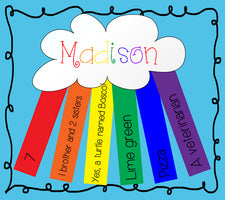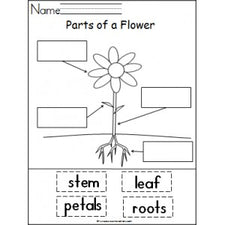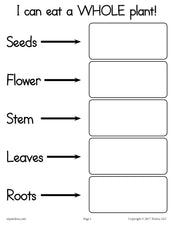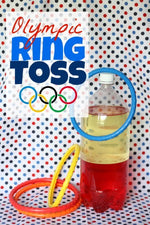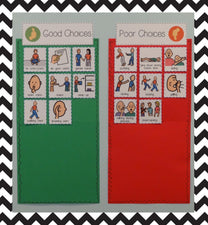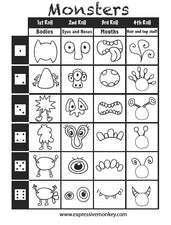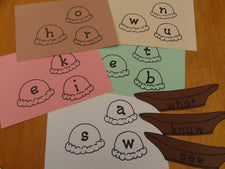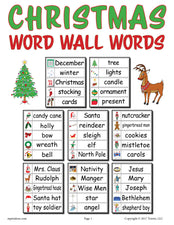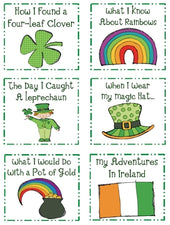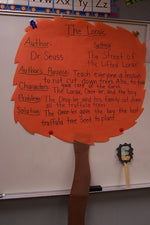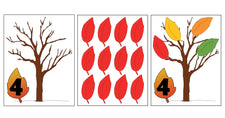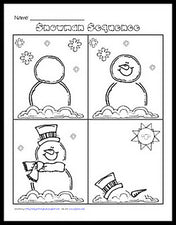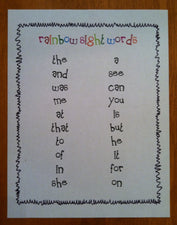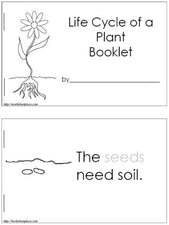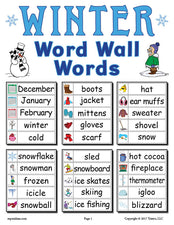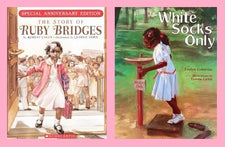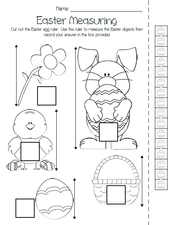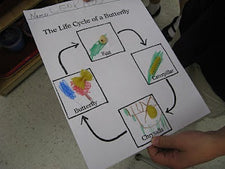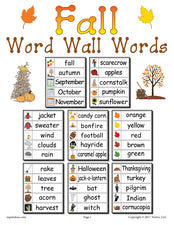If You Give A Mouse A Cookie: A Lesson In Economics
 While your kindergartners may not understand the term 'economics', they'll certainly understand what it means to want something. Mary Suiter, lesson contributor to A to Z Teacher Stuff, has designed a relevant economics lesson for your students that will help them comprehend the concepts of cause and effect, demand, and the difference between a good and a service.
While your kindergartners may not understand the term 'economics', they'll certainly understand what it means to want something. Mary Suiter, lesson contributor to A to Z Teacher Stuff, has designed a relevant economics lesson for your students that will help them comprehend the concepts of cause and effect, demand, and the difference between a good and a service.
Materials You'll Need
- Drawing paper
- Graphic art tools (washable markers, crayons, colored pencils, etc.)
- "If You Give A Mouse A Cookie" by Laura Numeroff
Suiter suggest beginning the lesson with a discussion on cause and effect using simple sentence examples your students will understand.

After discussing several examples, invite your students to come up with their own cause/effect statements or provide them with several cause statements (e.g. "Morgan decided not to clean her room...", "Daniel sat quietly at his desk and finished his work...", etc.) and invite them to finish them with effect statements.
Once students demonstrate an understanding of cause and effect, introduce and read Numeroff's "If You Give A Mouse A Cookie". (NOTE: Before reading, it can be fun to pose the title as a cause statement and invite students to predict the effect statement!) After finishing the story, Suiter recommends completing the following activities:
- Review the events of the story. This can be done playing a memory "chain" game. Have students create a circle. Ask for a student volunteer to start the game. Pass them a bean bag and have them say the first item the mouse wanted after being given a cookie (milk). Instruct them to pass the bean bag to a friend anywhere in the circle who is to recite the first and second things (milk, straw). As your students pass the bean bag, continue building up the list until you've recounted every item. Not only will your students be strengthening memory and gross motor skills, they're sure to have a blast!
- Review the concepts of cause and effect. Use the events in the story to construct cause and effect statements. Discuss as a class why these statements make sense.
- Introduce the concepts of goods and services. Everything that the mouse wanted could fall under the umbrella of a good or a service. Give students the definitions of these terms and invite them to brainstorm other goods and services that they use every day.
- Introduce the concept of demand. Describe the difference between wants and needs. Introduce to students the idea that they themselves are consumers (just like the mouse, or their parents, or their neighbors, etc.) who have specific and unlimited wants and needs.
- Combine the concepts to create and illustrate a story. As a class, create your own story, modeled after "If You Give A Mouse A Cookie". Here students will get extra practice with cause and effect, practice distinguishing between goods and services, and make connections between related goods as well as demand. Provide students with drawing materials and have each student illustrate a different part of the class story. This can later be bound and put in the classroom library or sent home for children to share with their families.
While this is certainly not a complete list, Suitor gives some great ideas on how to bridge the gap between economics and this delightful children's storybook. Your students are sure to have a blast!
